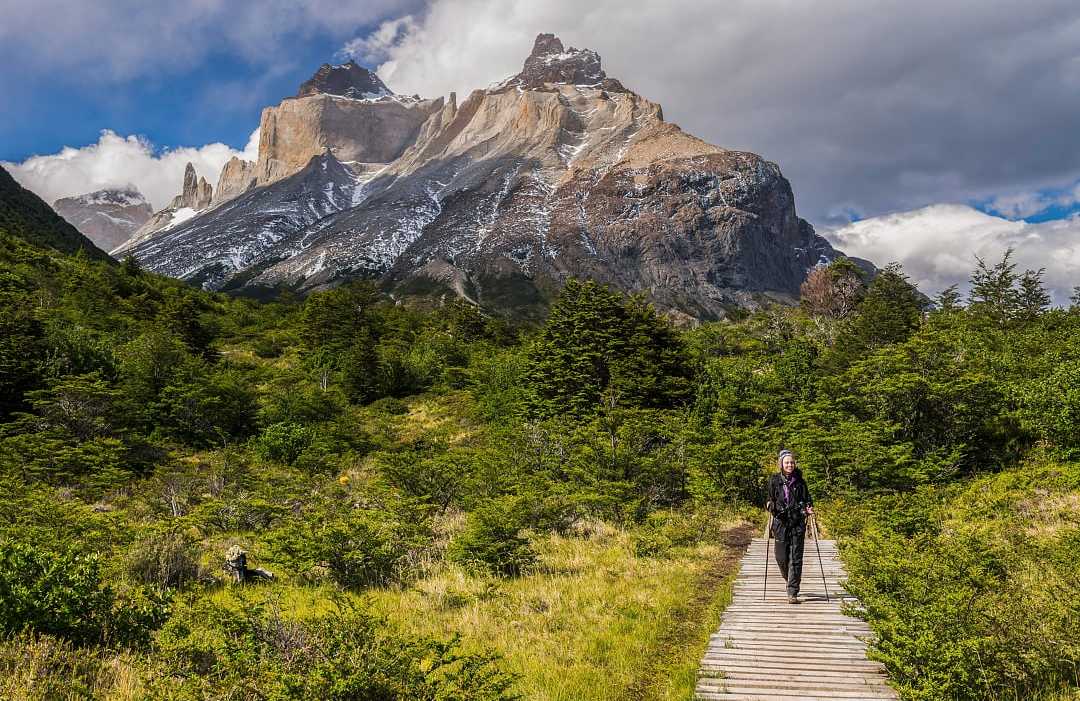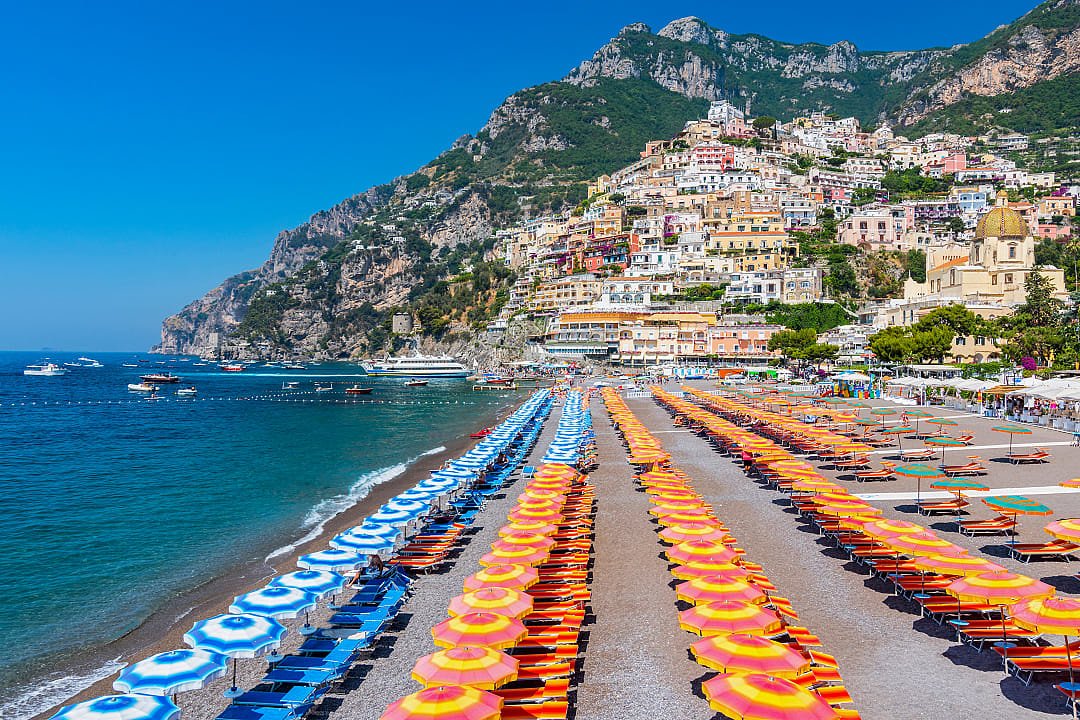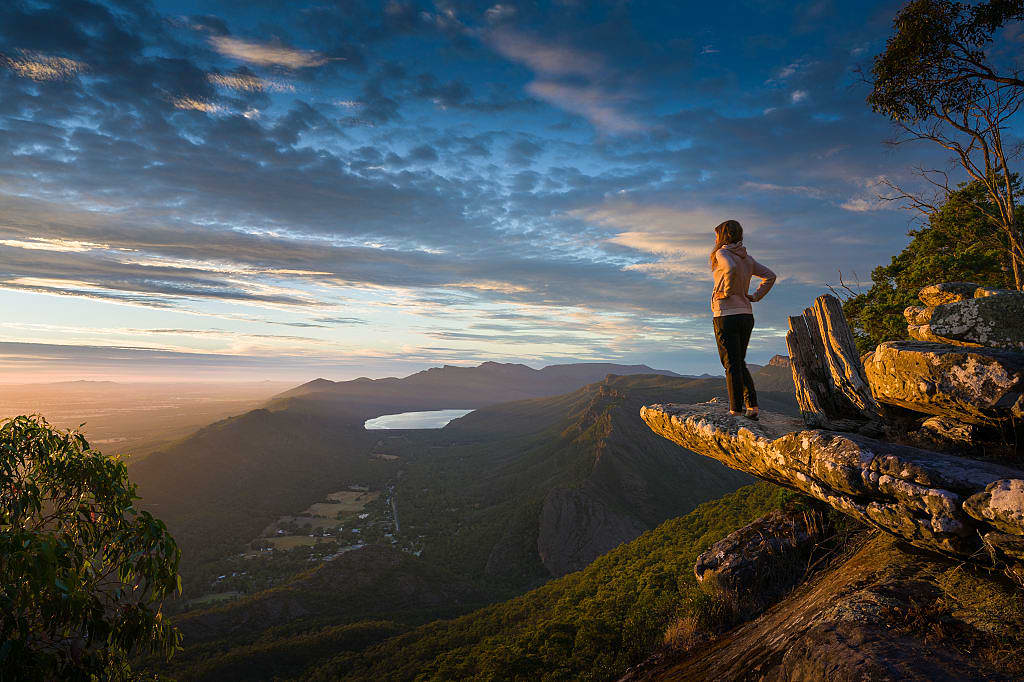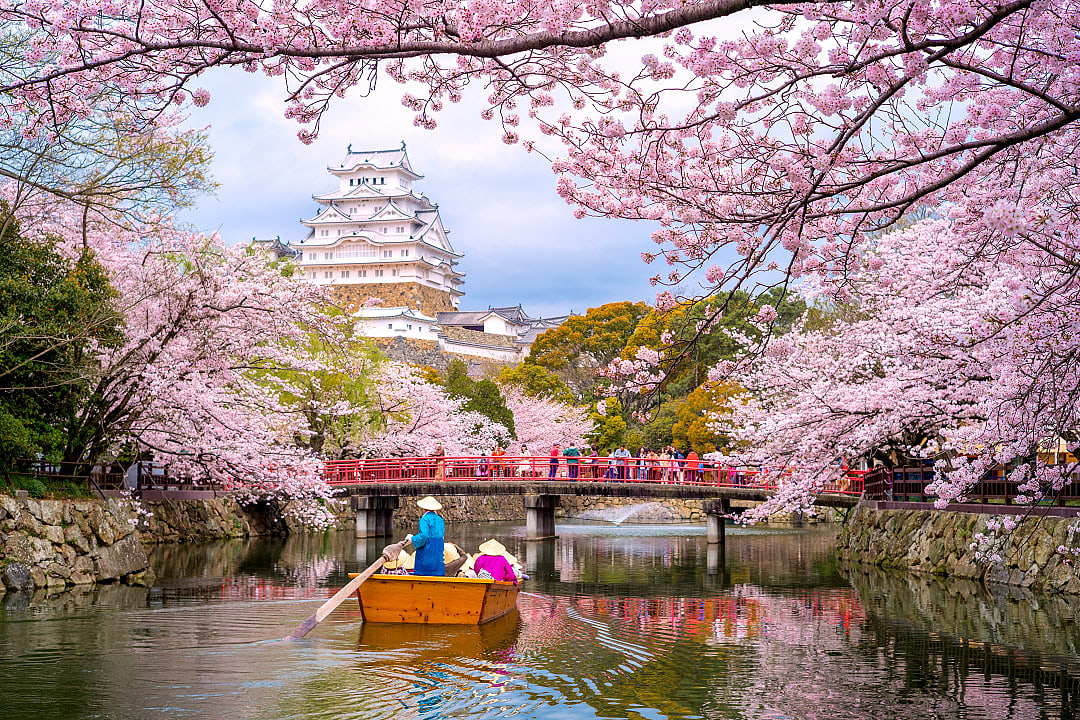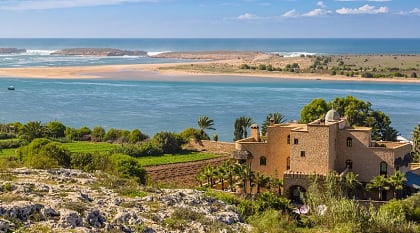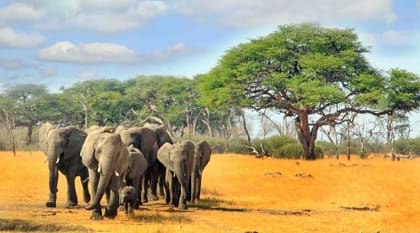The high season, sometimes referred to as the peak season, is the busiest time of year for a travel destination. It often coincides with large crowds and higher rates, from hotels to transportation, and guides.
Because of the popularity of this time of year, high season is often associated with the “best time” to visit a destination. Often, it corresponds with the best weather, attracting travelers eager to enjoy a destination and activities associated with the right temperatures.
Seasonality can play a big role in your trip, depending on the type of vacation you want. For beach destinations, the high season can coincide with dry, warm weather, just like the winter can mean peak season for a ski destination known for snow, slopes, and cozy accommodations.
High season can also refer to the time when the largest number of travelers are able to visit a specific destination, rather than solely the best time to visit. For example, many families travel to Europe in summer, not necessarily because summer is the best time to visit Europe, but because it is the time when children are out of school and parents take a vacation.
Travel during the high season if the time is right for you or if there is a specific experience that takes place then. While much of Europe sees a huge influx of travelers during summer because of school breaks, Japan sees hordes of local and international tourists in spring, who arrive to view the cherry blossoms.
By focusing on your goals and interests, you can plan for the crowds or around them. This makes travel during the high season a much more pleasant experience.
